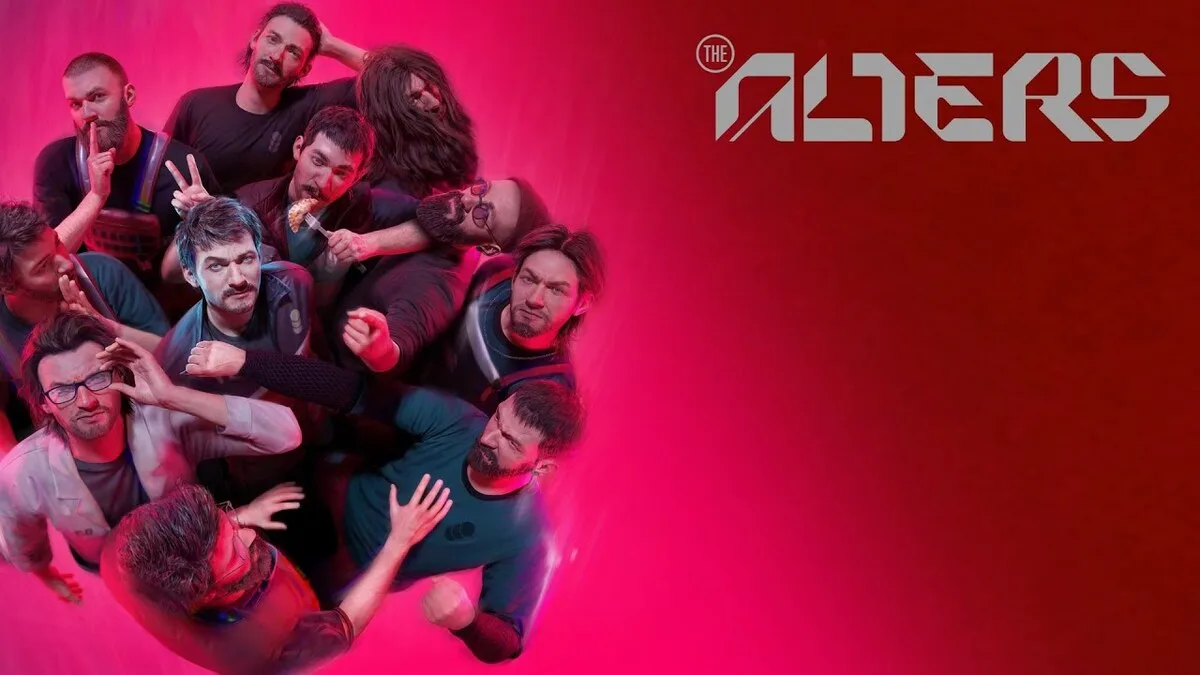For years, Xbox Game Pass has redefined subscriptions by offering every new first-party title on day one. Sony, however, remains resolute: it will not add its blockbuster PlayStation exclusives to PS Plus at launch. Instead of chasing the instant-gratification model, PlayStation leans on a hybrid approach—boosting indie and third-party day-one titles while drip-feeding first-party hits 12–18 months after release. Let’s unpack why, how it works, and what it means for gamers, developers, and content creators alike.
The Status Quo: PS Plus vs. Game Pass
- Game Pass: Subscribers get every first-party Xbox title—Halo, Forza, Starfield—on launch day across cloud, console, and PC.
- PS Plus: Three tiers (Essential, Extra, Premium) with monthly “free” games, a sizable back catalog, cloud streaming (Premium only), and day-one indie drop-ins. First-party blockbusters arrive well after they’ve maximized retail and digital sales.
Sony’s logic? Protect the “virtuous cycle” of studio investment → high-quality games → strong sales → more investment. As former PlayStation CEO Jim Ryan warned, dumping new AAA titles into PS Plus at launch would undermine studio budgets and the quality that gamers expect.
In a June 2025 interview, PlayStation VP of Global Services Nick Maguire reiterated the company’s stance:
“We’ve stayed true to our strategy… we’re not looking to put games in day and date.”
Sony balances two pillars:
- Selective day-one additions—4–5 indie/third-party titles per year to freshen the service.
- Delayed first-party integration—bringing blockbuster exclusives to PS Plus 12, 18 months, or longer after launch, once the title’s initial revenue peak has passed.
This “indie first, AAA later” approach gives subscribers immediate perks, preserves premium launch sales, and re-ignites interest in older hits around sequel announcements or DLC drops.
The Indie Advantage: Spotlighting Emerging Talent
Since Resogun’s PS4 launch-day drop and Destruction All-Stars on PS5, Sony’s indie strategy has exploded. Recent day-one PS Plus titles include:
- FBC: Firebreak (Remedy Entertainment)
- The Plucky Squire
- Dave the Diver
- Animal Well
- Tales of Kenzera: Zau
- Stray
By cherry-picking standout indies, PlayStation:
- Provides value to subscribers without sacrificing AAA revenue.
- Elevates small studios to a global audience overnight.
- Fosters loyalty among indies, who see PS Plus as a launchpad for discovery.
For content creators, these indie drops are gold: you can cover fresh titles that haven’t saturated YouTube or TikTok, driving unique engagement and SEO traction.
Patience is a virtue here. First-party hits like God of War Ragnarök or Horizon Forbidden West typically arrive on PS Plus after their initial sales run—often aligning with big discounts, expansions, or anniversaries. That delay:
- Maximizes profit from early adopters.
- Keeps catalog offerings rotating and newsworthy.
- Positions PS Plus as a way to catch up on the “classics” you might’ve missed at launch.
If you’re building a content calendar, plan AAA deep dives and retrospectives around that 12–18-month window—viewers who skipped the original release will be searching for “is it worth it?” guides.
Retro Rewind: Curating Classics in Premium
Beyond day-one indies and delayed blockbusters, the Premium tier offers a rotating “Classics” vault. Maguire says Sony aims for at least one retro addition per month, sometimes cycling out older titles to keep the lineup fresh—think Resistance, Infamous, or PS2 fan favorites.
For historians of gaming, this is a treasure trove. If you’re passionate about preservation, spotlight hidden gems in your blog or videos—show how these classics influenced modern design and culture.
Sony has admitted it would revisit its policy if market conditions shift, but for now, the “day-one first-party” ship has sailed elsewhere. As streaming and cloud-only subscribers grow, we might see hybrid models—but expect Sony to guard its tentpole franchises fiercely in that early launch window.
PS Plus Essential for July 2025 announced
Sony is all-in on PlayStation Plus, says its most expensive tier is thriving
Sony kicks off PS Plus’ 15th anniversary by chatting with Game File about the past, present and future of its gaming subscription service: Talking price, catalogue tweaks and where the PS3 games are.
Source/Via
